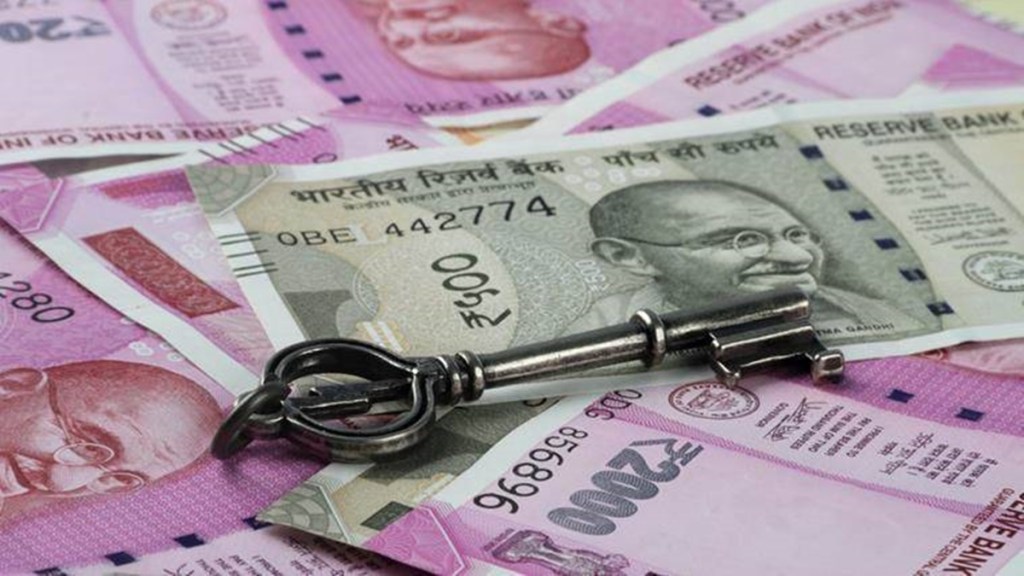The Centre will permit an additional borrowing limit of about 0.3% of Gross State Domestic Product (GSDP) to states in FY24 to cover their annual contribution to the National Pension System (NPS).
A similar facility is available to states for the current fiscal year also. The move will give the states concerned a combined extra borrowing space of Rs 70,000 crore in the next financial year.
The move is intended to encourage states to stick to NPS, a key fiscal reform, and ensure that the NPS states are not disadvantaged, when a clutch of others are returning to the old pension scheme (OPS) which is based on the concept of defined benefits, sources told FE.
This facility would be in addition to the states’ normal borrowing ceiling of 3% of GSDP for FY24 and 0.5% linked to power sector reforms. It is to be noted that the Centre’s interest-free capex loan of Rs 1.3 trillion is also over and above the borrowing ceilings for FY24.
Also read: Growth at 18.4%, RE within reach
In the wake of some states’ announcing their plan to return to non-contributory defined benefit system, the Centre had offered this additional borrowing limit equivalent to NPS contribution in FY23 also to encourage states to remain in the NPS, which could reduce their future unfunded liabilities.
There is an increasing divergence of practices between different state governments regarding the method of handling pension obligations for the government staff recruited after 2004. Some of the states have followed or have indicated a decision to follow a system of pay-as-you-go OPS. Some have issued orders adopting the NPS but have not made due contributions.
In the case of the first two categories of states, namely, those which have been on OPS or have now indicated a shift to such a system and those which have not made contributions to NPS, the fiscal deficits don’t reflect the contributions towards future liabilities for payment of pension.
On the other hand, those states which have made the necessary contributions would give the impression of a higher fiscal deficit. To ensure a proper, common and complete yardstick for all the states, the net borrowing ceiling of each state would be augmented by the amount of pension contributions paid to the NPS by the state government and its employees.
The cumulative number of state government subscribers of NPS is 5.98 million with contributions amounting to Rs 3.24 trillion. About Rs 4.27 trillion worth of assets are under management of NPS by state governments as on December 2022.
For the Central government, there are 2.35 million NPS subscribers with contributions amounting to Rs 1.75 trillion and Rs 2.75 trillion worth of total assets under management as on December 2022.
The Pension Fund Regulatory and Development Authority has rejected the demand of Rajasthan, Chhattisgarh and Jharkhand for custody of the accumulated corpus under the NPS after they announced their decision to return to OPS, saying the law does not permit such withdrawals.
Also read: ‘Inflation outlook for FY24 evenly balanced’
Under NPS, a monthly contribution of 10% of basic pay and DA is paid by the employees and matched by the employer (Centre and most states have since enhanced their contribution to 14%) to the corpus fund managers appointed of pension regulator PFRDA.
Reverting to OPS may give some temporary relief to the state governments as it would stop monthly contributions to NPS, but the rising components of salaries/wages, unfunded pension and interest payments could lead to a debt trap for the state in the coming years, analysts have said.


